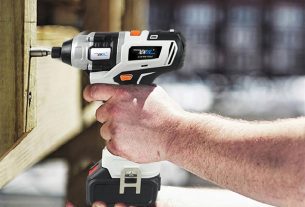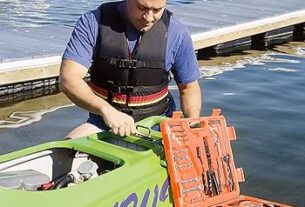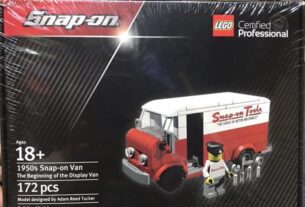Fishing enthusiasts know that having the right tools is essential for a successful fishing trip. One of the most important tools in any angler’s arsenal is the pike tool. This versatile tool can be used for a variety of tasks, from removing hooks to cutting lines and even measuring fish. In this article, we’ll take a closer look at what makes the pike tool so useful, how to use it properly, and how to maintain it for optimal performance.
What is a Pike Tool?
A pike tool is a multi-purpose fishing tool that typically features a pair of pliers on one end and a hook remover on the other. Some models may also include a line cutter or scale scraper. The pliers are designed to help you grip and remove hooks from fish without injuring them, while the hook remover allows you to quickly and easily remove hooks that are lodged deep in a fish’s mouth.
The Benefits of Using a Pike Tool
One of the biggest advantages of using a pike tool is that it helps you handle fish more safely and humanely. By using the pliers to remove hooks instead of your fingers, you reduce the risk of injuring yourself or the fish. Additionally, the hook remover makes it easier to release fish back into the water unharmed.
Another benefit of using a pike tool is that it can save you time and frustration. With its multiple functions, you won’t need to carry around several different tools when you go fishing. Instead, you can rely on your trusty pike tool to help you with everything from removing hooks to cutting lines.
How to Use a Pike Tool
Using a pike tool is relatively straightforward. Here are some tips for getting started:
1. Familiarize yourself with your pike tool: Before you head out on your next fishing trip, take some time to get to know your pike tool. Look at the different features and try out each function so you know how to use it properly.
2. Grip the hook with the pliers: When removing a hook, grip it firmly with the pliers and gently twist it until it comes free from the fish’s mouth. Be careful not to squeeze too hard, as this can damage the fish’s jaw or gills.
3. Use the hook remover for deep hooks: If a hook is lodged deep in a fish’s mouth, use the hook remover to gently slide it out. This will help minimize any damage to the fish and make it easier for you to release it back into the water.
4. Cut lines with care: If you need to cut a line, use the line cutter function on your pike tool. However, be sure to do so carefully and slowly, especially if you’re cutting braided line. Rushing can cause the line to fray or snap.
Maintaining Your Pike Tool
To keep your pike tool in top condition, it’s important to clean and maintain it regularly. Here are some tips for doing so:
1. Rinse your pike tool after each use: After using your pike tool, rinse it off with fresh water to remove any dirt or debris. This will help prevent rust and corrosion.
2. Dry thoroughly before storing: Once you’ve rinsed your pike tool, be sure to dry it off completely before putting it away. Moisture can lead to rust or other damage over time.
3. Apply lubricant as needed: To keep your pike tool functioning smoothly, apply a small amount of lubricant (such as WD-40) periodically. Be sure to wipe off any excess so it doesn’t attract dirt or debris.
4. Check for damage: Before each use, inspect your pike tool for any signs of damage or wear. If you notice any issues, such as bent pliers or a dull blade, consider replacing your tool for optimal performance.
Conclusion
A pike tool is an essential tool for any angler who wants to handle fish safely and efficiently. By using a pike tool, you can remove hooks without injuring yourself or the fish, and release fish back into the water unharmed. To keep your pike tool in top condition, be sure to clean and maintain it regularly and inspect it for damage before each use.
References:
https://en.wikipedia.org/wiki/Fishing_tackle
https://www.fishbrain.com/blog/pike-tool-what-is-it-and-why-do-you-need-one
https://www.outdoorlife.com/fishing-gear/article/pike-tool-fishing-multi-tool/




